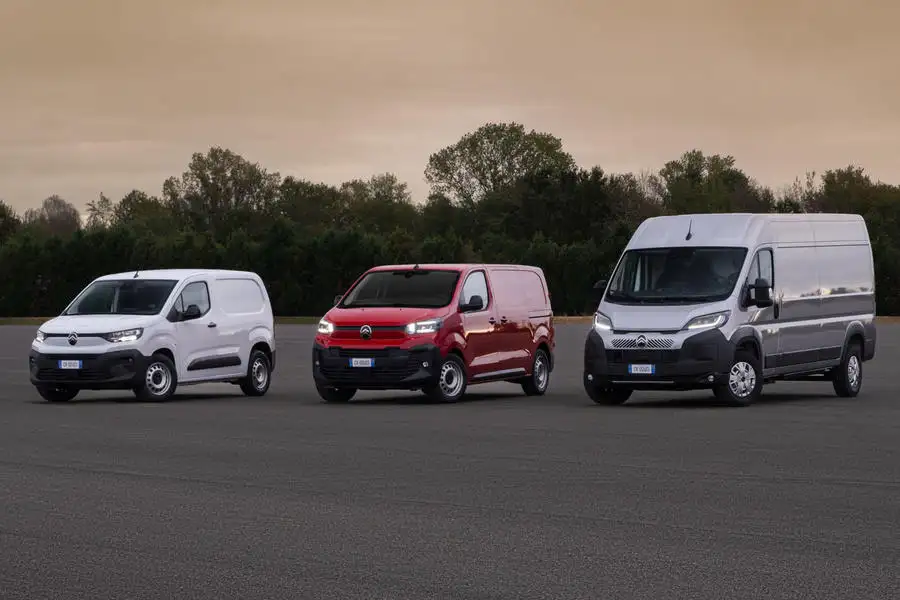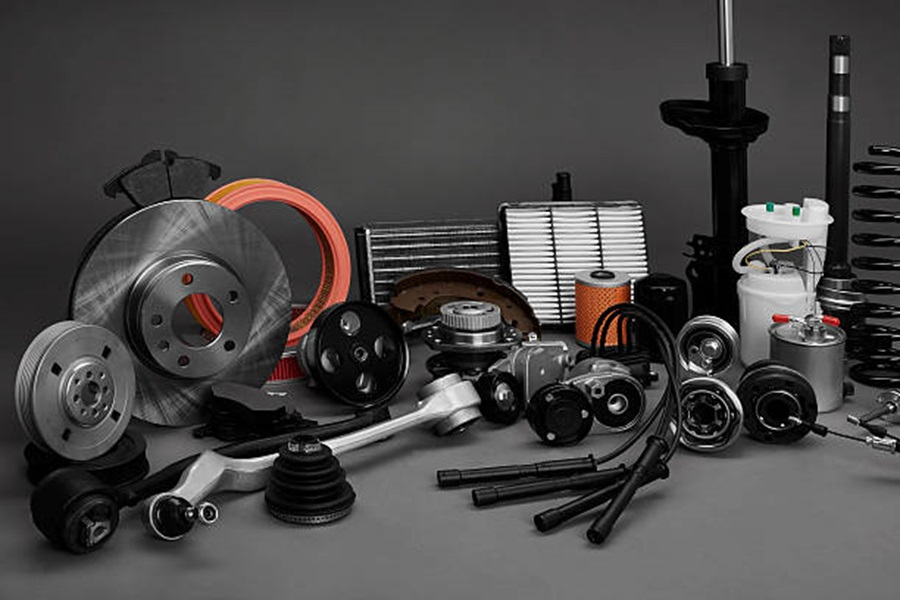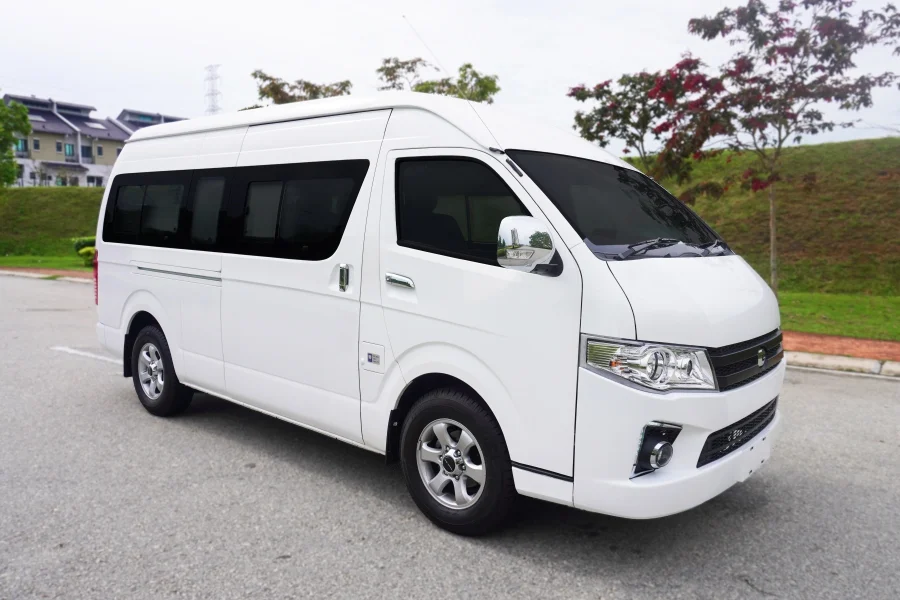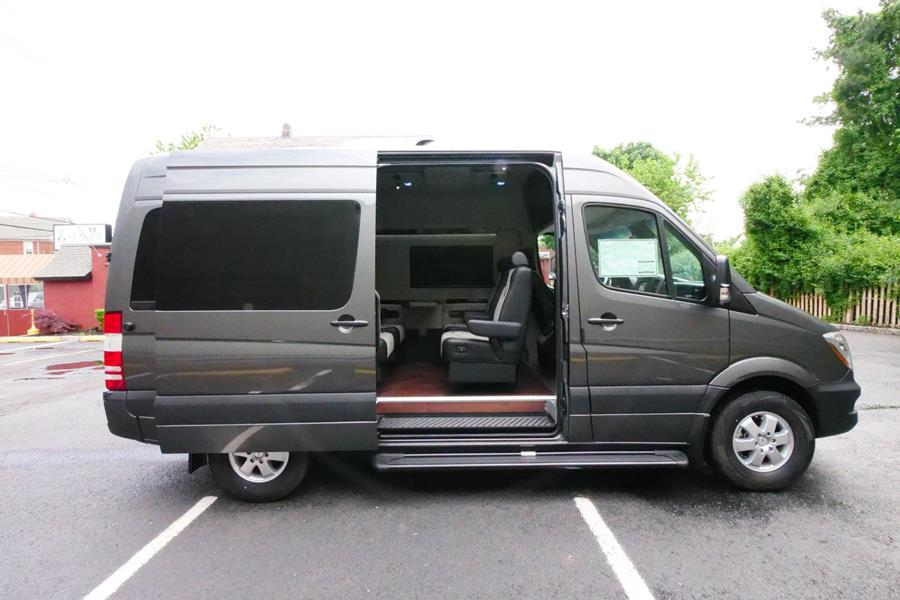As businesses adapt to changing market demands and operational needs, the role of commercial vans has evolved significantly. Whether used for delivery services, mobile workshops, or transportation of goods, commercial vans are a vital component of many industries. Keeping up with the latest trends in commercial vans is essential for businesses looking to stay competitive and efficient.
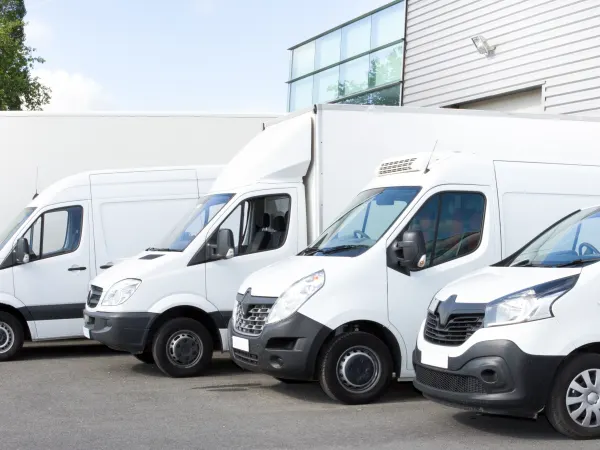
The Rise of Electric Vans
One of the most significant trends in the commercial van sector is the shift towards electric vehicles (EVs). With growing environmental concerns and stricter emissions regulations, businesses are increasingly turning to electric vans. Electric commercial vans offer several benefits, including lower running costs, reduced carbon footprint, and compliance with urban low-emission zones.
Manufacturers like Ford, Mercedes-Benz, and Nissan have launched electric versions of their popular models, such as the Ford E-Transit and the Mercedes-Benz eSprinter. These vans are designed to meet the needs of businesses while offering the added advantage of sustainability. For companies that prioritize environmental responsibility, transitioning to electric vans is a trend that cannot be ignored.
Advanced Safety Features
Another trend gaining traction is the integration of advanced safety features in commercial vans. As road safety becomes a top priority, manufacturers are equipping their vans with cutting-edge safety technologies. Features like adaptive cruise control, lane-keeping assist, automatic emergency braking, and blind-spot monitoring are now becoming standard in many commercial vans.
These technologies not only help in preventing accidents but also reduce insurance costs, making them a valuable investment for businesses. The focus on safety is not just a trend but a necessity for companies that want to protect their drivers and assets while maintaining a good reputation.
Connectivity and Telematics
In the era of the Internet of Things (IoT), connectivity in commercial vans is more important than ever. Modern commercial vans are now equipped with telematics systems that provide real-time data on vehicle performance, driver behavior, and route optimization. These systems allow businesses to monitor their fleet, reduce fuel consumption, and improve overall efficiency.
For example, telematics can alert fleet managers to potential maintenance issues before they become major problems, reducing downtime and repair costs. Additionally, connectivity features enable drivers to stay connected with their headquarters, receive route updates, and access navigation tools, all of which contribute to better productivity.
Customization and Versatility
Businesses today require vehicles that can be tailored to their specific needs, and manufacturers are responding with highly customizable vans. From modular interiors to specialized equipment fittings, the ability to customize a van to suit the unique requirements of a business is a growing trend.
For instance, companies in the catering industry might opt for vans equipped with refrigeration units, while construction companies might prefer vans with reinforced floors and heavy-duty racks. This level of customization ensures that businesses can maximize the utility of their vans, making them a versatile tool in their operations.
The Shift Towards Leasing
Another emerging trend is the shift from purchasing to leasing commercial vans. Leasing options offer businesses greater flexibility, allowing them to upgrade their fleet more frequently without the burden of ownership. This trend is particularly appealing to small and medium-sized enterprises (SMEs) that want to access the latest van models without the high upfront costs.
Leasing also provides businesses with predictable monthly expenses, which can be a significant advantage in financial planning. With maintenance often included in leasing agreements, companies can further reduce the hassle and cost of vehicle upkeep.
Sustainability and Eco-Friendly Materials
In addition to electric powertrains, there is a growing trend towards using eco-friendly materials in the construction of commercial vans. Manufacturers are exploring sustainable options such as recycled materials, biodegradable plastics, and low-VOC (volatile organic compounds) paints. This trend aligns with the broader movement towards sustainability in business practices, allowing companies to reduce their environmental impact while still meeting their operational needs.

